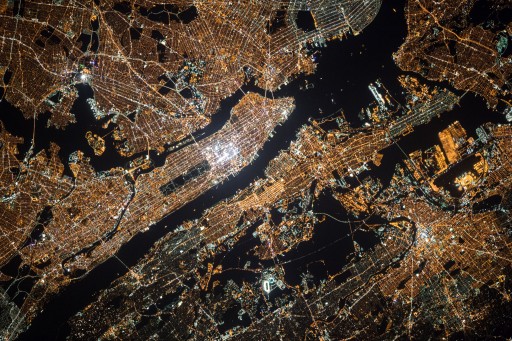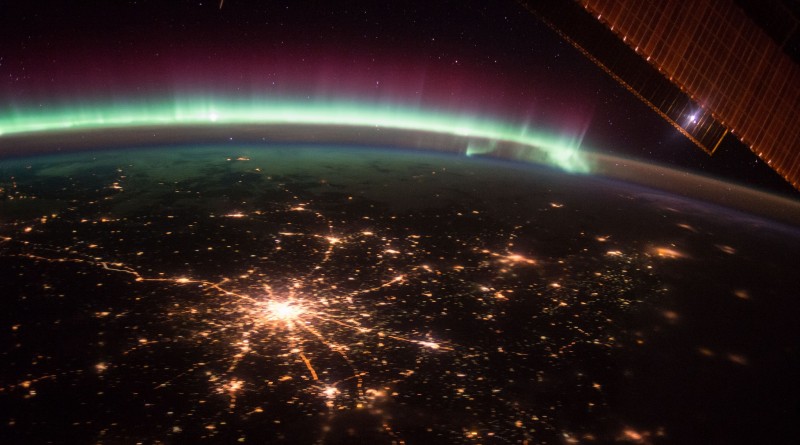ISS Operations Update – October 21, 2015

Experiments:
Tropical Cyclone – Setup of camera for acquisition of footage of Cyclone Olaf with camera pointing perpendicular to the velocity vector, horizon in view. [This experiment uses a pseudo-stereoscopic method to determine the altitude of cloud tops near the eye of the storm. Data will be used to demonstrate that this particular method can be used, when combined with other remote sensing instruments, to determine the intensity of a tropical storm.]
Sound Level Measurements in the Mouse Habitat Unit
Ocular Health – Ocular and Cardiac Ultrasounds[OH is a human physiology study. Its full name is Prospective Observational Study of Ocular Health in ISS Crews. “The Prospective Observational Study of Ocular Health in ISS Crews (Ocular Health) protocol aims to systematically gather physiological data to characterize the Risk of Microgravity-Induced Visual Impairment/Intracranial Pressure on crewmembers assigned to a 6 month ISS increment,” the NASA experiment overview said. It is known that some (not all) astronauts in orbit experience changes in visual acuity (visual clarity) and intraocular pressure as a result of fluid shifts within the body as it is subjected to microgravity. About 20% is astronauts flying to ISS have reported these kinds of changes. Test subjects will undergo pre-flight, flight and post-flight testing of their eyes using a variety of techniques.]
IMAX: Downlink of recorded video files
Journals [Electronic journals will be kept by the crew members to allow psychologists to study behavioral issues that are associated with the isolation and confinement over long-duration space missions. Journals from 6-month ISS mission have amounted to a total of 1,100 written pages, but no data beyond those six months is available making this an interesting opportunity to study the impact of isolation in the confinements of ISS over a longer period.]
Sleep ISS-12 [The ISS-12 experiment monitors the ambient light exposure and crew member activity and collects data on the subjective evaluation of sleep and alertness. Ambient light and activity are monitored via a wrist-worn actiwatch that delivers actiwatch spectrums that are put through bio-mathematical models of sleep and light to predict circadian phase. Sleep logs will be kept by crew members as a subjective assessment of sleep quality and duration. It is hoped that this investigation can deliver requirements for lighting, sleep-shifting protocols and workloads for future space exploration missions.]
Interactions Experiment [‘Vzaimodeistviye’ (Interactions) looks at psychological aspects of long duration space flight during which different cultures come together aboard a Spacecraft such as ISS and seeks to improve crew interactions aboard ISS and with teams on the ground.]
Maintenance/Systems:
Nominal Inspections/Servicing Tasks (Morning Inspection, Caution & Warning Panel Check, Sozh System Maintenance) (Russian Crew)
Japanese Airlock Operations – Pressurization of Airlock and Leak Checks for access to NanoRack Cubesat Deployer 6 on Thursday.
Onboard Software Transition – The X2R14 software transition has been completed on all Multiplexer/Demultiplexers
Cell Biology Experiment Facility (CBEF) – Installation of units and dosimeters
Other Activities:
EVA: SAFER Donning/Doffing Exercise, Assembly of grease gun for Robotic Arm Lubrication, Enhanced Caution and Warning System & EVA Cuff Checklist review
Periodic Fitness Evaluation [Crew members complete regular fitness checks to help flight surgeons to assess their current health and fitness status and adjust daily exercise protocols if needed. For the protocol which is performed once a month, crew members exercise on the CEVIS ergometer wearing biomed sensors to measure BP (blood pressure) & ECG (electrocardiogram).]

